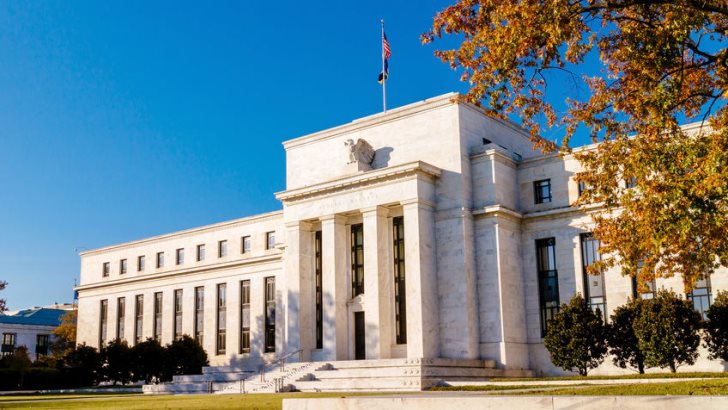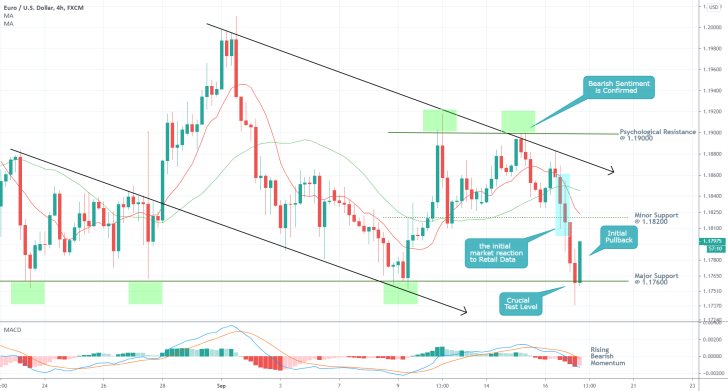
The FOMC of the Federal Reserve unsurprisingly decided to maintain the Federal Funds Rate unchanged at 0.25 per cent at its highly anticipated September meeting yesterday.
FED Chair Jerome Powell and his colleagues committed themselves to preserve the Bank's accommodative monetary policy stance unchanged until they see tangible signs that the American economy is moving towards maximum employment and consistent inflation at 2 per cent.
They refrained from scaling up the Bank's quantitative easing (QE) programmes at the present rate; however, they highlighted the threat stemming from subdued inflation persistently threading below the FED's symmetric 2 per cent target level.
In the monetary policy statement, it was further revealed that:
" With inflation running persistently below this longerrun goal, the Committee will aim to achieve inflation moderately above 2 percent for some time so that inflation averages 2 percent over time and longer-term inflation expectations remain well anchored at 2 percent. The Committee expects to maintain an accommodative stance of monetary policy until these outcomes are achieved. "
The decision of the FED to ease its outlook on inflationary pressures could potentially have detrimental implications for the economy if consumer prices balloon out of control in the near future.
The FOMC cited low oil prices as one of the main reasons inflation remains persistently muted, yet the Committee does not seem to have a contingency plan in place in case that crude prices soar in the near term.
In case of another 'Black Swan' event that causes a sudden hike in demand for oil futures, the energy market would advance faster than the FED would be able to manage consumer prices. Consequently, this could lead to inflation spiralling out of control.
" The Committee’s assessments will take into account a wide range of information, including readings on public health, labor market conditions, inflation pressures and inflation expectations, and financial and international developments. "
The FED's decision to interpret 'public health readings' could prove detrimental as such an endeavour far outstrips its competences. In other words, the FED is structuring its monetary policy stance based on external factors, which means that the Committee is moving into uncharted territory.
The attempt to fuse economics with external factors such as healthcare is not completely new to the field of experimental economics, however, it has never been done on such a level. This poses a lot of unperceivable risks due to the lack of precedents.
The uncertainty stemming from this is already raising concerns amongst the FOMC members. Robert S. Kaplan voted against the monetary policy actions, stressing on the need for the Committee to 'retain greater policy rate flexibility' beyond what it currently has.
Meanwhile, Neel Kashkari 'prefers that the Committee indicate that it expects to maintain the current target range until core inflation has reached 2 percent on a sustained basis.'
In the aftermath of the policy decision, the dollar extended its daily gains. As can be seen on the 4H chart below, the EURUSD continues to fall in a downwards sloping channel.





















